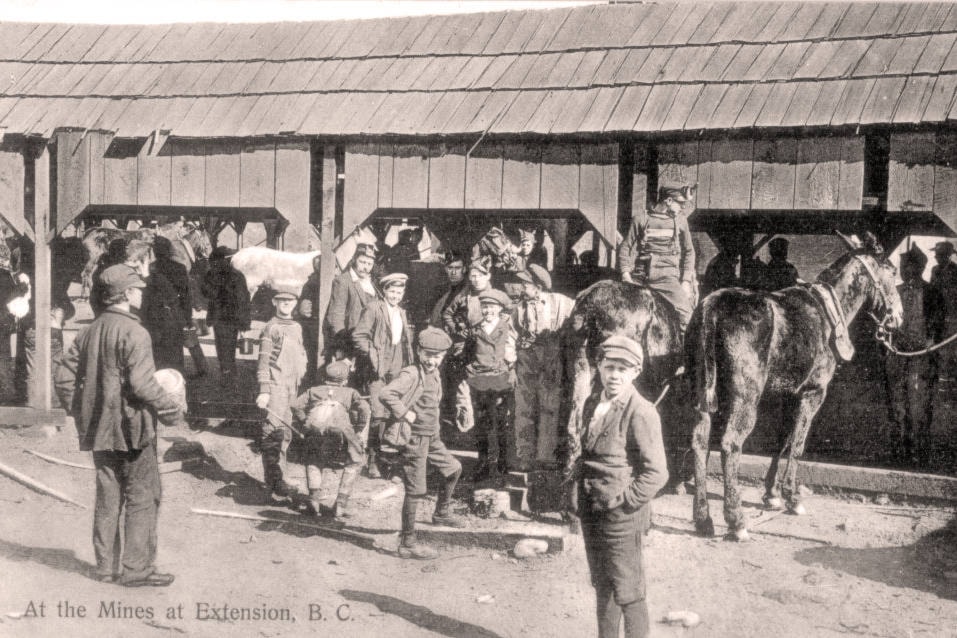The coal mines closed; the community carried on. That’s true of Nanaimo and it’s also true of Extension.
The area just south of the city is being featured this winter and spring with an exhibit at the Nanaimo Museum called Extension, B.C.: Divided in Solidarity.
The exhibit is a personal one for museum curator Aimee Greenaway, who is from Extension and is a great-granddaughter of a coal miner. Greenaway gave a presentation about the exhibit at a heritage summit at the museum last month.
“Extension is probably best known for its coal mining history, but what I really wanted to go into with the exhibit is looking at the community, what life was like in the community and really extending that timeline,” she said.
The area was farmed for a long time before any coal mining happened there, she said. With the coal industry, though, the community grew, and according to a museum press release, Extension had a post office, school, churches, cultural halls, hotels, and even a Chinatown. Greenaway said there was a general store and a candy store, too, making the town “quite self-sufficient.”
When setting out to curate the exhibit, Greenaway found very few artifacts at the museum and had to seek out other sources. The Nanaimo Community Archives, the Ladysmith Archives and the Royal B.C. Museum helped out, and the Art Gallery of Greater Victoria is loaning two works by painter E.J. Hughes. Hughes’s great uncles, who were from Extension, funded his art education in the 1930s, allowing the young artist to train under Group of Seven member A.Y. Jackson in Vancouver.
Asked about the exhibit’s name, the curator said there are a lot of layers to it. A coal strike on Vancouver Island between 1912-14 was one of Western Canada’s largest strikes and Extension was a hotspot, with rioters and militia, striking miners and strike-breakers. There were also racial tensions over the years. However, there were also times the community held together, such as helping one another through a 1909 mine explosion that killed 32 people. And when the mine closed in 1931, people stayed, even though it might not have made sense economically, Greenaway said, and their families are still there.
“What I really hope that you leave the exhibit with is a sense of the community in Extension, more so than the industries that shaped it,” she said.
Extension, B.C.: Divided in Solidarity will be featured at the Nanaimo Museum until May 4. The museum is open Monday to Saturday, 10 a.m.-5 p.m. Admission is $2 for adults, $1.75 for seniors and students and 75 cents for children 5-12.
Greenaway will give a presentation about the exhibit April 25, 1:30-2:15 p.m. Cost is $5 per person and pre-registration is required.
editor@nanaimobulletin.com
Like us on Facebook and follow us on Twitter
